For runners, understanding when to replace their shoes is both an art and a science. While many focus solely on mileage as the primary indicator, the truth is more nuanced. A running shoe’s lifespan depends not just on how far you’ve gone in them, but also on how long you’ve had them—even if they’ve been sitting in your closet. The interplay between distance and time creates a dual standard that every runner should consider.
The Mileage Myth: Why Distance Alone Isn’t Enough
Most runners have heard the classic advice: replace your shoes every 300–500 miles. This rule of thumb exists for good reason—the midsole foam, which provides cushioning and shock absorption, compresses over time. Repeated impact breaks down the material, reducing its ability to protect your joints. However, focusing exclusively on mileage ignores another critical factor: degradation happens even when shoes aren’t being used.
Think of a running shoe as a perishable item. The adhesives that hold the shoe together, the elasticity of the upper mesh, and the integrity of the foam all deteriorate with age. A pair of shoes worn sparingly over five years may have low mileage but could still be a injury risk due to material breakdown. This is why time matters just as much as distance.
The Silent Clock: How Time Wears Down Shoes
Unlike mileage, which is easy to track, the effects of time are less visible. Oxidation is one of the key culprits. Exposure to air causes the midsole’s chemical structure to weaken, making it stiffer and less responsive. Humidity and temperature fluctuations accelerate this process—shoes stored in a garage or basement may degrade faster than those kept in a climate-controlled environment.
Then there’s the issue of the outsole. Rubber hardens over time, losing its grip and flexibility. Ever noticed how old shoes feel "dead" even if they look pristine? That’s the result of time doing its work. Manufacturers often recommend replacing shoes after 2–3 years, regardless of use, because materials simply won’t perform as intended beyond that point.
Balancing the Two Factors: A Practical Approach
So how do you reconcile mileage and time? First, track your runs. Apps like Strava or Garmin Connect automatically log distance, taking the guesswork out of mileage-based replacement. But don’t forget to note when you bought the shoes. If you’re a low-mileage runner, the 3-year mark should be your hard cutoff. High-volume runners might hit the mileage limit well before then.
Pay attention to physical cues, too. Persistent aches in your knees, shins, or hips can signal that your shoes are no longer supportive. Fold the forefoot of the shoe upward—if the creases in the midsole look deep or the foam doesn’t bounce back, it’s time for a new pair. Another test: place the shoes on a flat surface and check for uneven wear on the outsole, which indicates breakdown.
The Exceptions to the Rule
Not all shoes age the same way. Models with durable outsoles (like those designed for trails) or premium foams (such as Nike’s ZoomX or Adidas’ Lightstrike Pro) may outlast budget options. Similarly, rotation matters. Alternating between two or more pairs extends the life of each by allowing the foam to decompress between runs. A shoe worn daily will break down faster than one given 48 hours to recover.
Weather plays a role as well. Shoes exposed to rain, snow, or excessive sweat degrade faster due to moisture penetration. If you frequently run in wet conditions, consider waterproof models or plan for earlier replacements. Conversely, shoes used exclusively on a treadmill might last slightly longer thanks to the forgiving surface.
Beyond the Numbers: Listening to Your Body
At the end of the day, calculators and guidelines are just that—guidelines. Some runners can push a pair to 600 miles without issues, while others feel discomfort at 300. Your weight, gait, and running style all influence wear patterns. Heavier runners or those who heel-strike aggressively tend to compress midsoles faster. Likewise, minimalist shoes with thin soles will show wear sooner than maximalist cushioned models.
The best advice? Combine data with self-awareness. If your legs feel more fatigued than usual or you’re experiencing new niggles, don’t ignore those signals. Shoes are your most important gear—skimping on replacements to save money can lead to costly injuries down the road. When in doubt, err on the side of caution. Your future self will thank you.

By /Jul 18, 2025
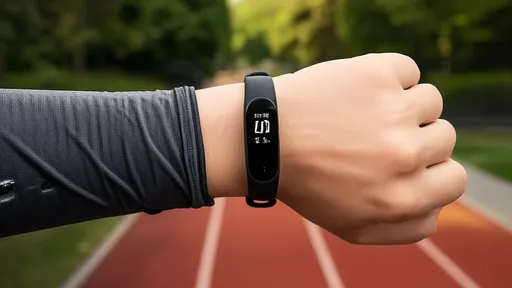
By /Jul 18, 2025

By /Jul 18, 2025
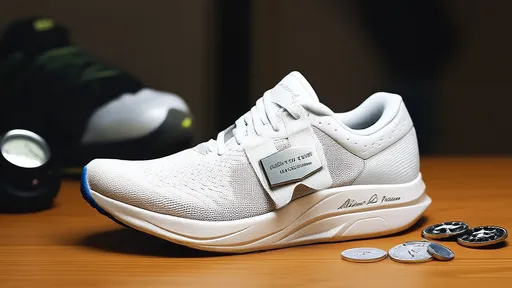
By /Jul 18, 2025
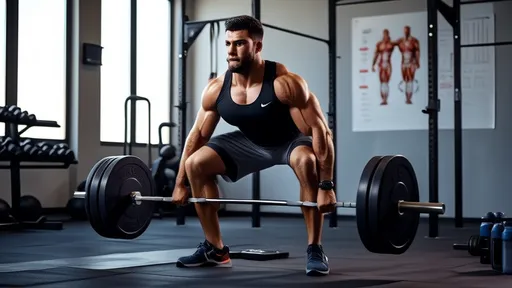
By /Jul 18, 2025

By /Jul 18, 2025

By /Jul 18, 2025

By /Jul 18, 2025
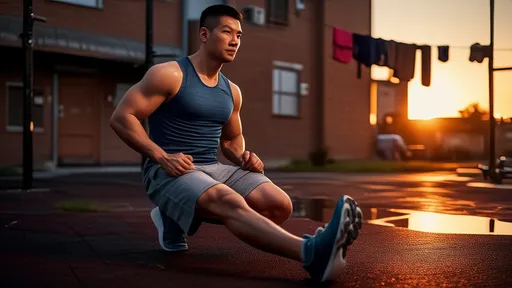
By /Jul 18, 2025

By /Jul 18, 2025

By /Jul 18, 2025

By /Jul 18, 2025
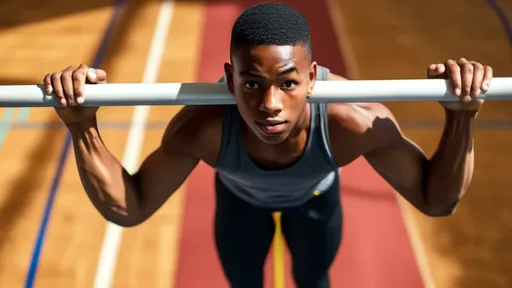
By /Jul 18, 2025

By /Jul 18, 2025
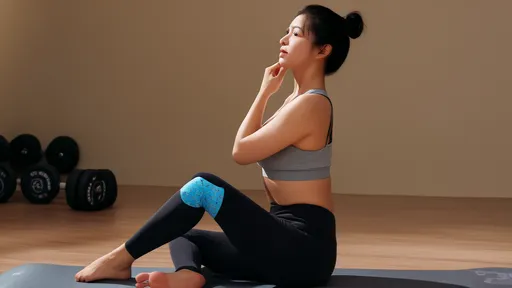
By /Jul 18, 2025

By /Jul 18, 2025
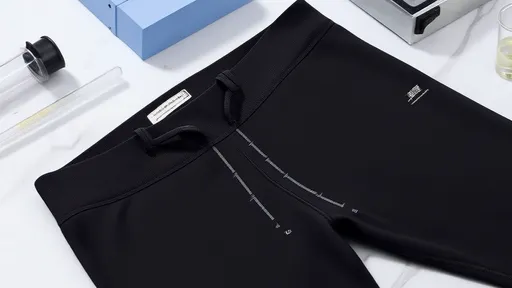
By /Jul 18, 2025

By /Jul 18, 2025